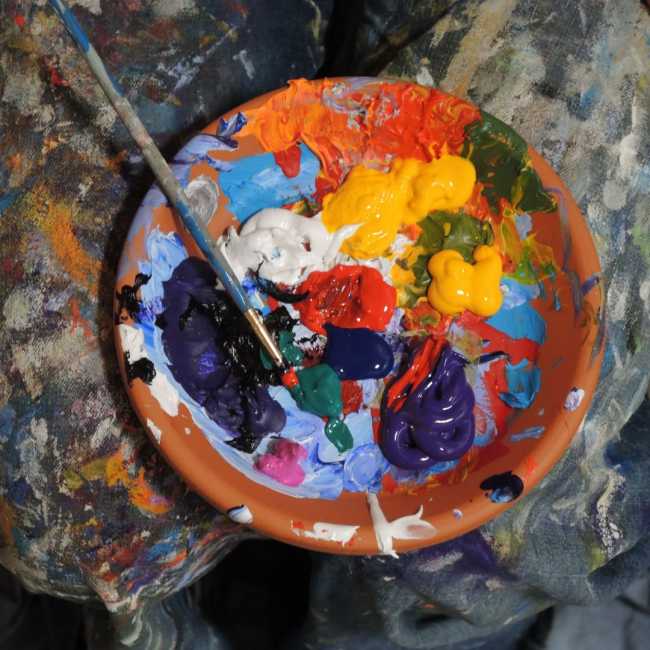Phone: (647) 894 7706

Oil painting is not easy as it sounds. It takes years of training and the right tools to master the art. Choosing the right brush can make all the difference in your painting. With so many options out there, it can be overwhelming to know where to start. This blog post will guide you through the different bristle types and shapes of brushes needed for taking oil painting lessons.
These brushes are made from animal hair and are best used for thick paints like oils because they have a coarser texture that can hold more paint.
Synthetic bristles are made from nylon or polyester fibres and work well with thinner paints like watercolours or acrylics. They tend to be softer than natural hair brushes but still provide good control.
These offer the best of both worlds by combining natural and synthetic fibres in one brush. This results in a versatile tool that can handle various types of paint mediums.
When selecting your oil painting brush set, apart from the type of material, you also need to select the appropriate size. Find them below.
Flat brushes have a rectangular head with straight edges. They are ideal for creating sharp lines and edges, making them perfect for detail work.
These brushes come in various sizes, from small to large. They have a pointed tip that tapers to create thin lines or broad strokes depending on the pressure applied.
With an oval-shaped head and soft bristles, Filbert brushes are ideal for blending colours together. Their rounded edge allows artists to create smooth transitions.
These brushes have flat, fan-shaped bristles arranged in a semi-circle around their handle which makes them perfect for creating textures such as leaves or grass blades especially when using thicker paints like Impasto.
Each brush has various purposes and can be used differently based on personal preferences so it's important to experiment with different types until finding one right fit! This is what we do at VR School of Art. We cover every element to guide our pupils who enroll in oil painting classes. Contact us today to learn about various courses.